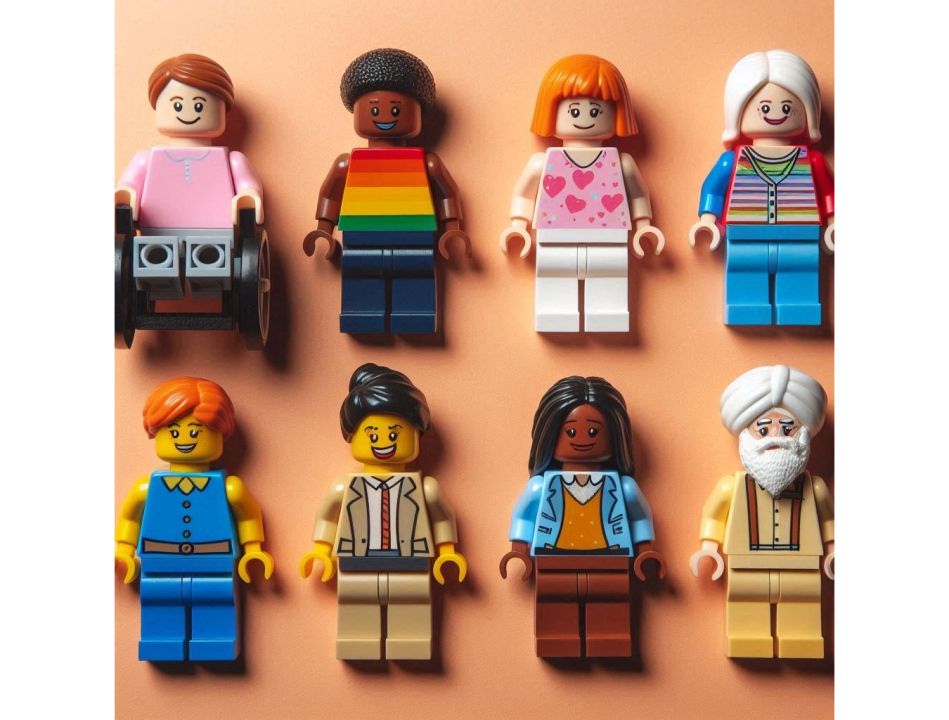Published on: 11.02.2025
Yesterday, I witnessed my nephew expertly crafting a superhero figurine with LEGO bricks. The sight of both children and adults immersing themselves in the creation of unique LEGO structures is truly captivating. On closer inspection, let's explore the concept of LEGO. Essentially, it comprises a diverse array of basic building blocks, with some offering customization options to tailor the final structure.
A box of LEGO contains a variety of identical blocks to create a sturdy base, as well as uniquely shaped blocks to add character to the design. When these distinct figurines and structures are assembled, they come together to form a larger, meaningful scene.
Translating that in the context of a community, there is a common thread that connects all individuals, while each person also brings their own unique essence. However, when these unique individuals unite to form a larger picture, there is a tendency to repel and exclude those who do not fit a certain mould.
The answer to ‘How do we solve for it?’ is hidden in simplifying the approach of looking at DEI itself.
Then I thought if we have to put the LEGO philosophy in a DEI approach then what would become its guiding lights?
Here’s how these principles that are core to LEGO can be adapted to enhance DEI efforts:
1. Modularity: -
a. Customized DEI Programs: Ensure that DEI initiatives are modular and adaptable, allowing different departments or teams to customize their efforts to best suit their unique needs and dynamics. This can involve a variety of training modules, workshops, and activities that can be selected and combined as needed.
b. Flexible Policies: Create DEI policies that can be easily updated and expanded. Just like adding new LEGO pieces to a build, DEI policies should be designed to grow and evolve as the organization and its people do.
2. Creativity: -
a. Innovative Solutions: Encourage employees to brainstorm creative solutions to DEI challenges. Organize hackathons or innovation days to generate new ideas for promoting diversity and inclusion.
b. Storytelling and Expression: Use creative methods like storytelling, art, and theater to explore and address DEI issues, making complex and sensitive topics more approachable and understandable.
3. Collaboration:
a. Team Building: Foster collaboration by creating diverse teams for projects and initiatives. This mirrors the collaborative nature of building with LEGO, where different pieces come together to create something greater.
b. Inclusive Decision-Making: Involve a diverse range of voices in decision-making processes. Encourage collaboration across departments and hierarchies to ensure diverse perspectives are considered in DEI strategies.
4. Playfulness:
a. Engaging Training: Design DEI training sessions and workshops that are interactive and engaging. Use games, simulations, and role-playing activities to make learning about DEI more enjoyable and impactful.
b. Safe Spaces for Experimentation: Create an environment where employees feel safe to experiment with new ideas and approaches to DEI, much like how LEGO allows for trial and error in building. This can lead to innovative and effective DEI practices.
Sometimes, all we need is the power of observation and a solution-oriented mindset. Simplifying things can bring clarity.
By:Thrive & Include
Your email address will not be published. Required fields are marked *
